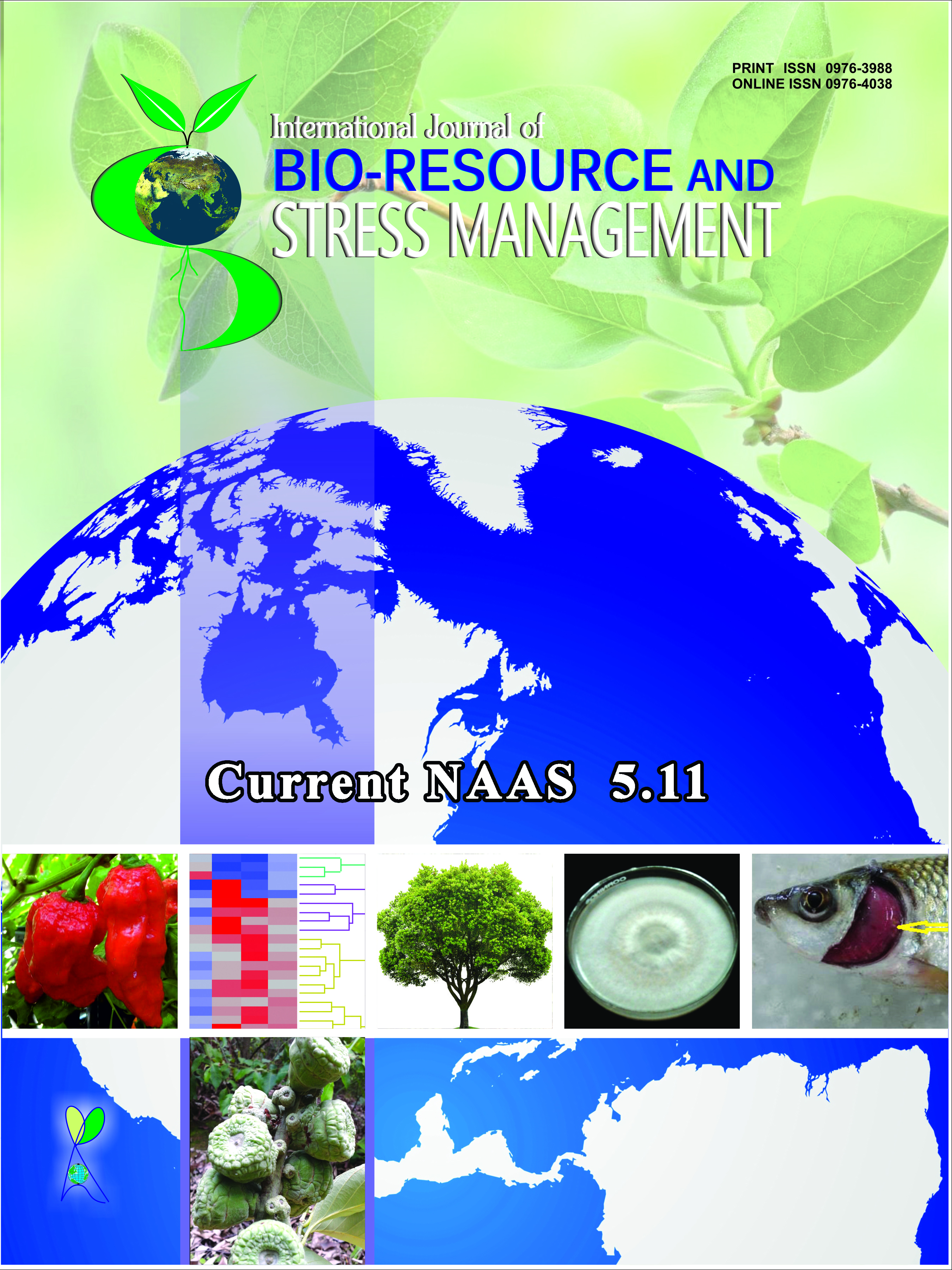Spatial Planning for Underground Carbon Storage and Relative Geo-hazards Assessment
Keywords:
Spatial planning, carbon capturing, storage, geology, geo-hazardsAbstract
Carbon is known as one of the most effective green house gases on global warming and climate changes. Recently, some developed countries are capturing carbon and pumping it into the earth for long time storage. For instance, pumping CO2 into reactive rock formation or saline aquifers underground or depleted oil and gas reservoirs or pumping into the deep ocean or onto the sea bed. Geologically, earthquake is able to release carbon from earth to atmosphere. So, underground carbon capturing not only should be paid attention to Greenhouse Gas (GHG) mitigation but also should be considered about geological concepts of carbon storage. Geographically, carbon emission and capturing have spatial concepts and find place for very long carbon storage requires spatial studies. Also, spatial planning feasibility helps us to know and assess current hazards and risks about carbon storage and mapping and characterizing potential geology. This paper describes how spatial planning is useful for carbon captured, injected and stored into earth for long time with the minimum geo-hazards
Downloads
Downloads
Published
How to Cite
Issue
Section
License
Authors retain copyright. Articles published are made available as open access articles, distributed under the terms of the Creative Commons Attribution-NonCommercial-ShareAlike 4.0 International License, which permits unrestricted non-commercial use, distribution, and reproduction in any medium, provided the original author and source are credited. 
This journal permits and encourages authors to share their submitted versions (preprints), accepted versions (postprints) and/or published versions (publisher versions) freely under the CC BY-NC-SA 4.0 license while providing bibliographic details that credit, if applicable.





